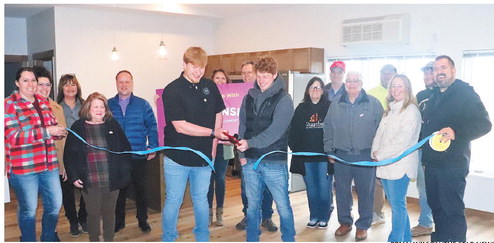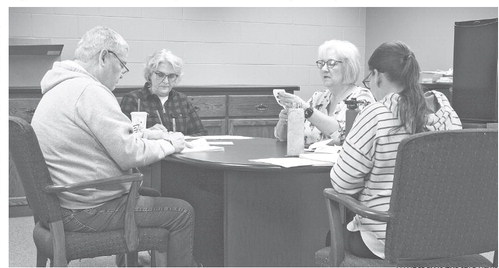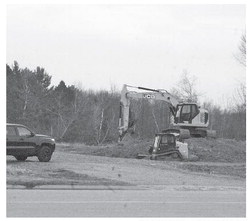Watch for turtles looking to nest along roadsides


A turtle’s shell is tough, but not tougher than tires. So, motorists should be mindful when driving in low, wet areas, where turtles may cross.
This time of year, turtles emerge from rivers, lakes and wetlands, to find a spot for their nests. Wisconsin’s 11 turtle species lay eggs in shallow, buried nests, from late May through June, where they are often along roads and in residential yards.
“When turtles are more active during nesting season, they face added risks,” said Andrew Badje, DNR conservation biologist.
Some turtles are run over by vehicles, while others face predation from raccoons, skunks and coyotes. Some protected species are also taken illegally from the wild and sold in the illegal pet trade. Protecting adult females and turtle nests in the wild is essential for conserving Wisconsin turtle populations.
Protect nests – Follow instructions and a step-by-step video, on how to build a nest cage that keeps predators out and allows hatchlings to exit on their own.
Drive cautiously – Slow down, be alert and reduce distractions, especially on roads near wet areas, lakes and rivers.
Share sightings – Report turtle observations, road crossings and nest sites, using the DNR’s reporting form, to help manage and conserve turtles more effectively. Suspicious illegal activity associated with turtles, can also be reported to the DNR’s Violation Hotline online, or by calling or texting 800-847- 9367.
Keep Wildlife Wild – Help protect Wisconsin’s native turtles, by keeping wild turtles in the wild and not releasing pet turtles.
Donate – DNR conservation efforts for endangered and threatened species wouldn’t be possible without support from the Endangered Resources Fund.
To learn more about turtles in Wisconsin, visit wiatri. net.




